An Interest In:
Web News this Week
- April 19, 2024
- April 18, 2024
- April 17, 2024
- April 16, 2024
- April 15, 2024
- April 14, 2024
- April 13, 2024
Mysterious famous Japanese actress dies
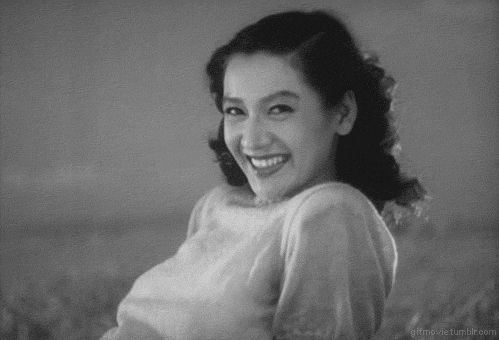
Setsuko Hara. Its unlikely youve heard her name or seen any of her numerous films, yet she was the muse of one of the worlds greatest filmmakers: Japans Yasujiro Ozu. And you may well not have heard of him, either, since none of his films were released in the United States during his lifetime; it was thought they were too Japanese. During the 1960s Akira Kurosawa was the director thought to be more accessible to western cultures. While little known to the average person, among cinephiles Ozu is one of the most highly-regarded directors in the history of film, and his movie Tokyo Story is ranked in the top tier of the greatest films ever made, along with Citizen Kane and Vertigo.
Welles, Hitchcock, and Ozu.
Like most of Ozus films, the plot for his 1953 masterpiece Tokyo Story is deceptively simple: an elderly couple travel to Tokyo to visit their children, who have little time to spend with their parents. Only one, the widow of their son who died in the war, is genuinely happy to see them. She is played by Setsuko (pronounced Sets-ko) Hara with a restrained warmth that is unforgettable. The forward movement in Ozus films is almost entirely born of emotion, not action. The camera rarely moves.
Tokyo Story drapes a blanket of melancholy over its audience and was inspired by Leo McCareys 1937 film, Make Way for Tomorrow, which is even more bleak if such a thing is possible. Of McCareys film Orson Welles is reputed to said, Oh my God thats the saddest movie ever made It would make a stone cry.
But in Tokyo Story there is an enormous emotional restraint in the performances of the actors a hallmark of Ozus work. Hara is a gentle oasis of care and respect among a squabble of disrespectful children and their families. As noted in Haras New York Times obituary, The novelist Shusaku Endo once wrote, of seeing a Hara film, We would sigh or let out a great breath from the depths of our hearts, for what we felt was precisely this: Can it be possible that there is such a woman in this world?
What made Hara the perfect actress for Ozu was the fullness with which restrained emotion flooded across her features. Ozu willfully kept any overtly saccharine and maudlin scenes out of his films. Often the major event which you would expect to be one of the most important and climactic scenes (a death, a wedding) is jumped over in time. By not showing, the emotion from them is carried forward by the actors restrained performances. There is never any of the overt over-emoting so common in other films. One could describe Ozus actors using the title of a well-known book about women in silent films, They had faces, then.
Late Spring, made in 1949, is among the finest of Hara and Ozus collaborations. Also starring his frequent leading man, the marvelous Chishu Ryu as Haras father, it is a film laden with personal sacrifice, the inevitable weight of time, and melancholy. A daughter feels she must remain with her elderly father to take care of him, while the father feels he must push his daughter out into the world, and marriage, for her happiness. Hara is the daughter, dutifully tending to the needs of her father, and afraid of embracing her own life. He convinces her to marry by lying and pretending that he is also going to be married. The final scene, which takes place after the daughter has left, finds the father sitting alone in his home. The camera frames only his hand which holds an apple he has slowly peeled then the apple falls from his hand. Credits roll. Its like having your guts scooped out.
Setsuko Hara made many films with Ozu and, when he died in 1963, she retired shortly afterward, barely in her forties. She gave no believable reason for her retirement. There were unsubstantiated rumors that she and Ozu were lovers; he had spent most of his adult life after returning from the second World War looking after his mother.
Thereafter Hara went into total seclusion in the Japanese city of Kamakura, home of the Daibutsu (the Great Buddha) and many beautiful shrines. She gave no interviews except, perhaps, one by phone, was not photographed again until her 90th birthday, and stubbornly remained a mystery until she died in September at 95. Even her death was not revealed until months later. No husband, no children, no survivors. She wanted to be alone.
The depth of humanity in Ozus best films is overwhelming. There are no over the shoulder conversational shots: he positions his actors in front of the camera so they address it directly. The characters look straight at you, their eyes into yours and it was on Setsuko Haras face that a panoply of emotion washed over her features in a way that made you think, indeed, Can it be possible that there is such a woman in this world?
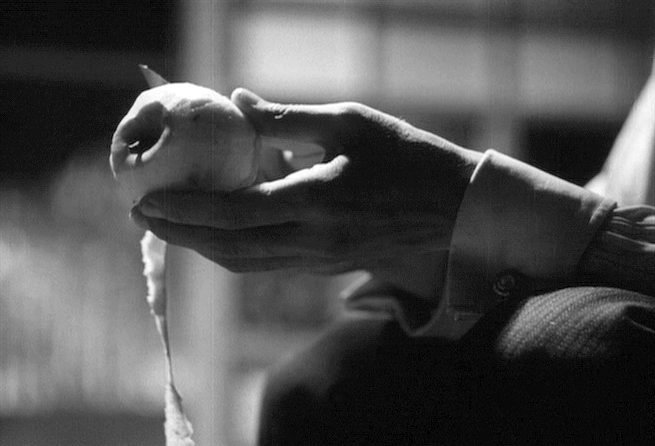

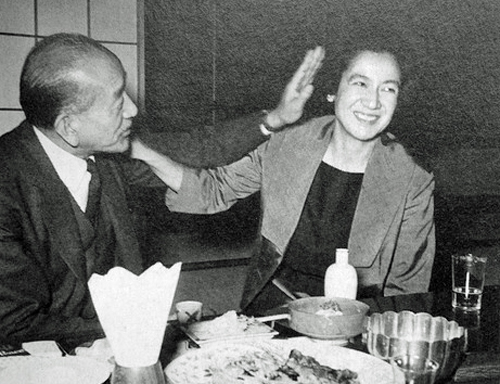
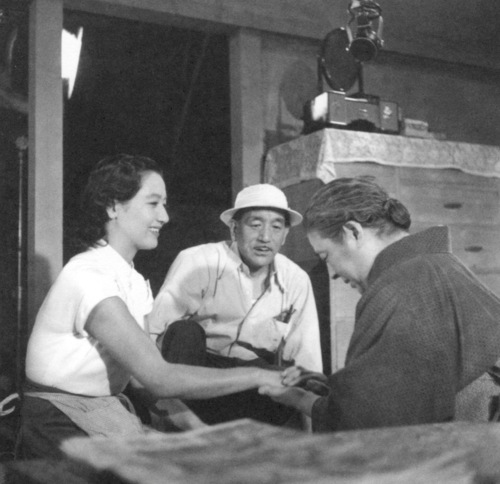
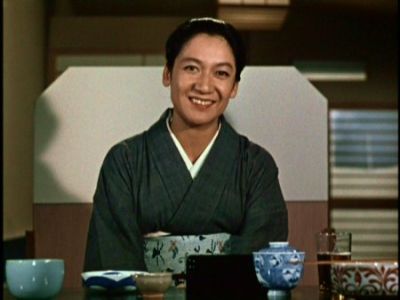
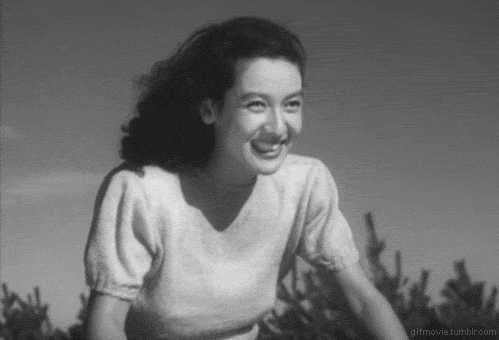
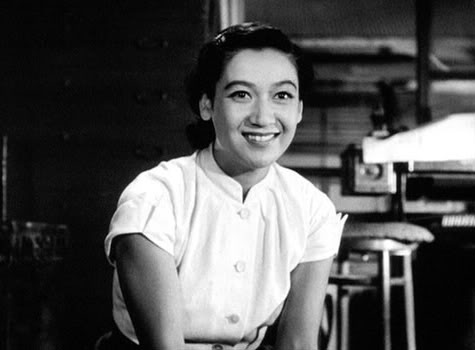
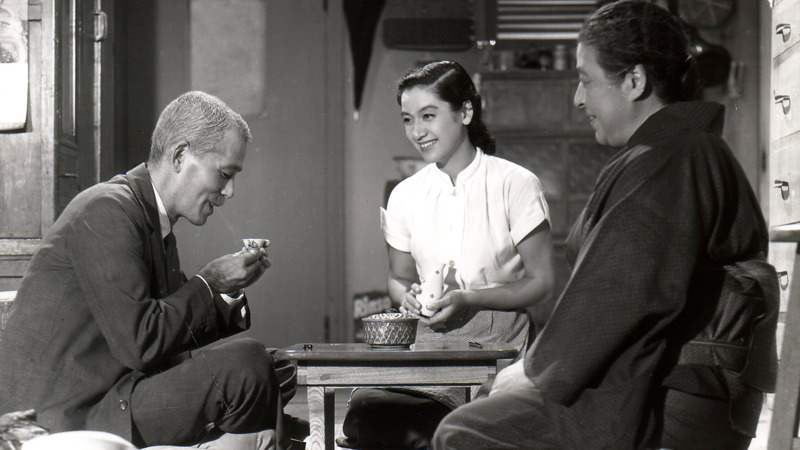
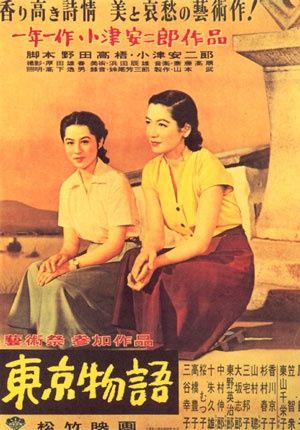
Original Link: http://feeds.boingboing.net/~r/boingboing/iBag/~3/Vg6wVbOMnEw/mysterious-famous-japanese-act.html


